
TARGET 160817
FIND A DIAMOND IN THE ROUGH?
KEEP IT!!
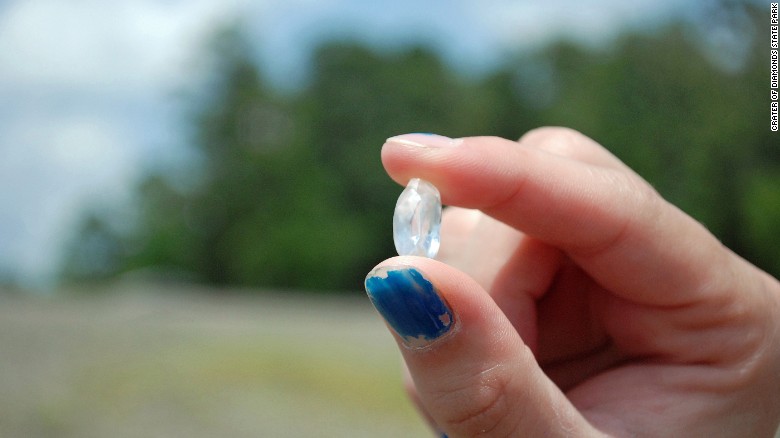
The Crater of Diamonds State Park in Murfreesboro, Arkansas, the United States, is the world’s only diamond mine open to the public, where by paying a small entrance fee, anyone can look for diamonds and keep what they find.
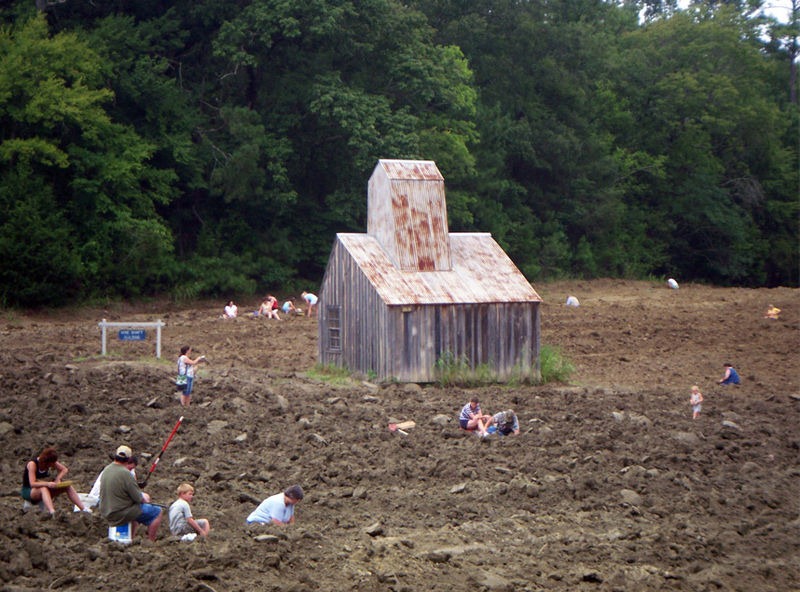
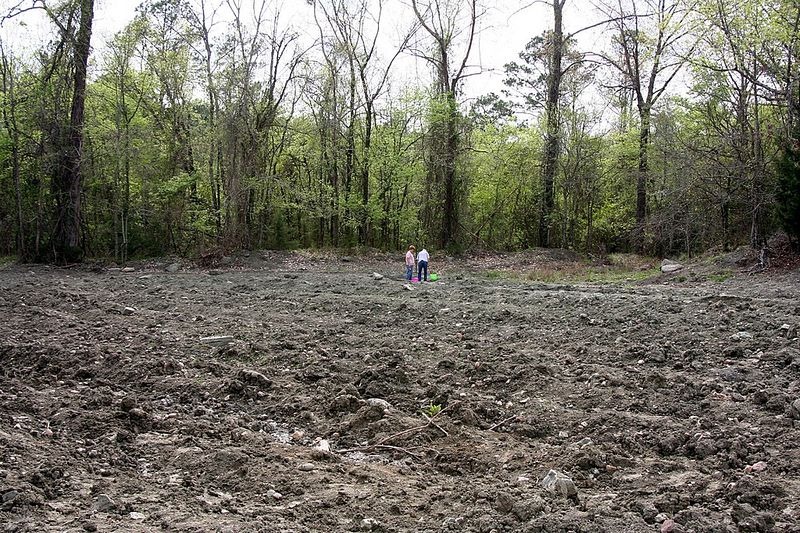
The digging grounds
Originally a crater, this 37-acre land has been plowed into fine dirt by hundreds of thousands of amateur prospectors who dig through the ground every year looking for precious stones.
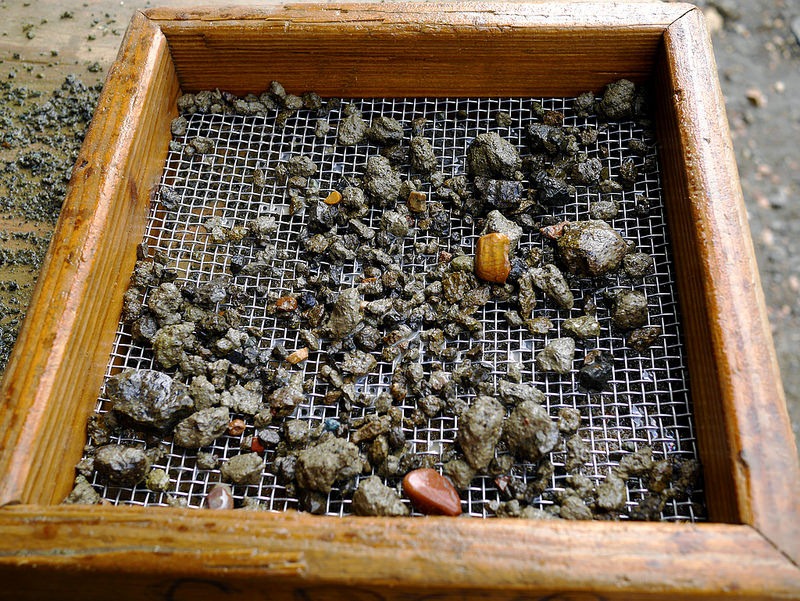

How to separate dirt from stones
Some visitors use a special sieve known as a a "seruca" to wash and separate the heavier diamonds from the lighter debris.
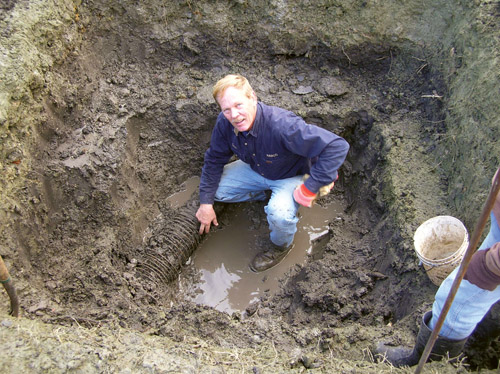
Digging down
Others just get down on their hands and knees, and claw at the dirt looking for the faint reflection of jewels in the furrows, or dig down, thinking that they will get to ground not already gone through by other amateur prospectors.
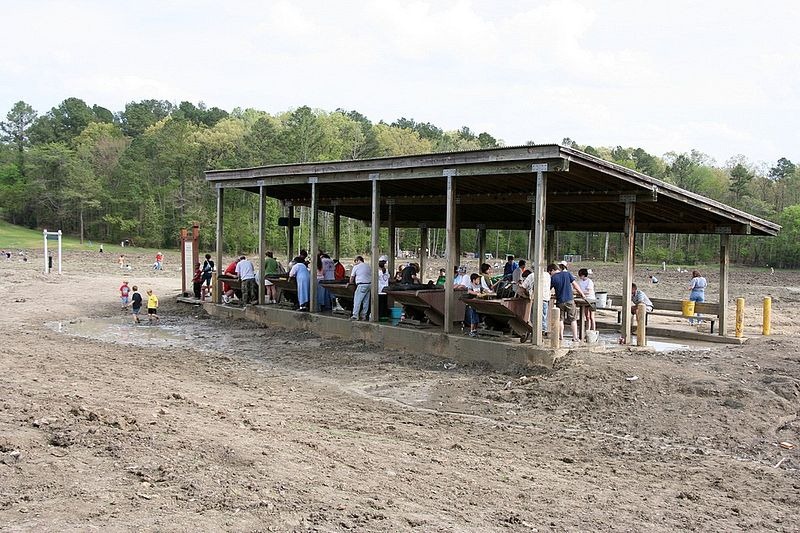
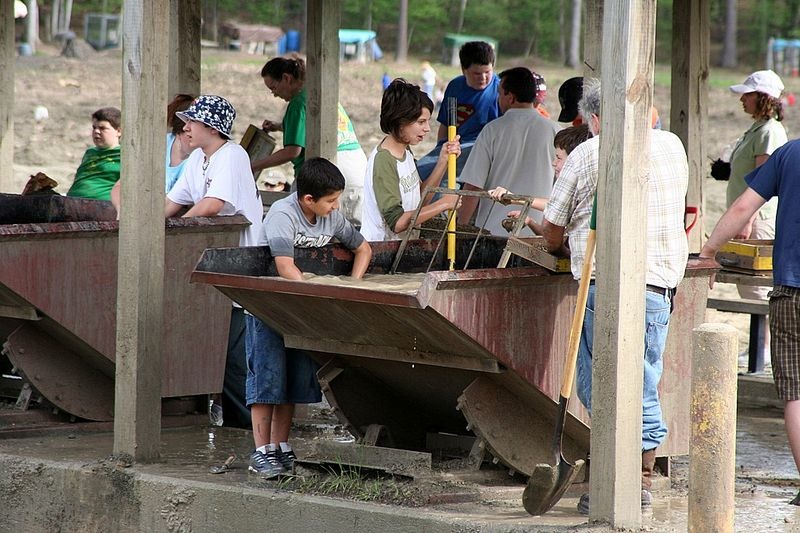
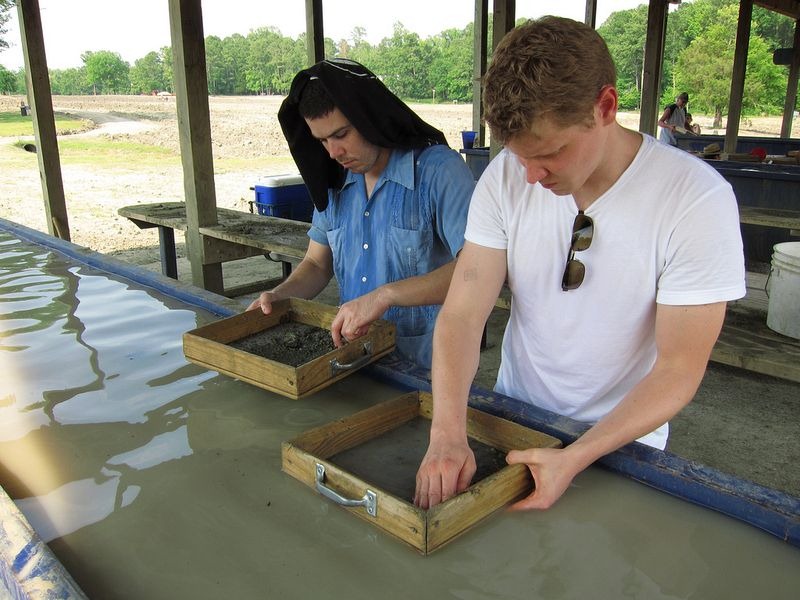
The Screening Shed
Most, however, prefer to get buckets of dirt and go to the "screening shed", where there is running water they can use to separate the dirt and stones and where park personnel are more than willing to show them how to do the process to gain the best results.

How the diamonds were formed
Diamonds don't come from earth-compressed coal. In fact, most of them form around 90 miles (150 kilometers) below the surface where temperatures are at least 2000 degrees Fahrenheit (1050 degrees Celsius). That depth is far below the layers of coal produced by ancient vegetation. The diamonds form and are pushed upwards when a volcanic "pipe" forms, allowing the volcano to erupt.
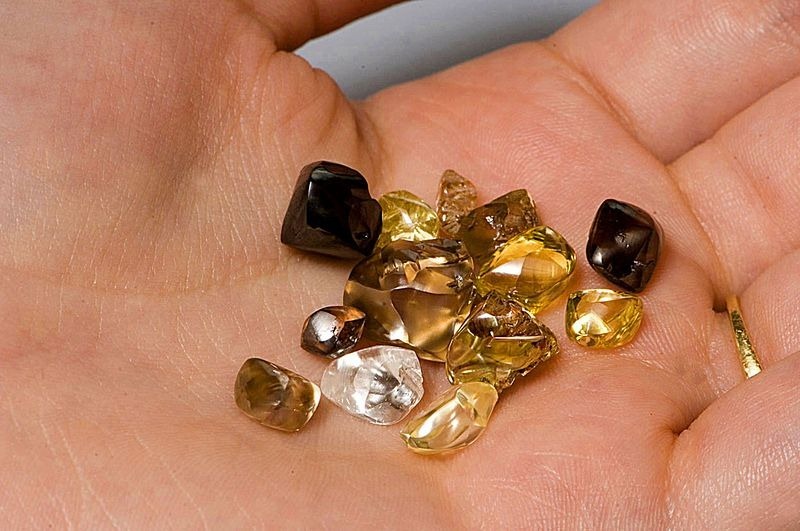
They come in various colors
The diamonds that occur in Crater of Diamonds formed three billion years ago in the earth’s mantle some 60 to 100 miles below the earth’s surface where the tremendous pressures and temperatures crystalized them f rom carbon. About 100 million years ago, a rising column of magma brought this material near to the surface where it exploded in a large volcano creating an 80-acre crater and blanketing the surrounding landscape with ejecta. Within the ejecta were many fragments of mantle rock that were carried up to the surface with the rising magma. These fragments are known as "xenoliths" and they contained the diamonds.
Most of the diamonds found here are very small, about the size of a kitchen match head - too small to be cut and mounted as a stone, but occasionally visitors turn up with diamonds of over three or five carat which can be worth thousands of dollars.
The Crater of Diamonds is the only producing diamond mine in the United States and many people who collect minerals or gemstones would like to own a genuine United States diamond. This patronage of the locality gives a small diamond found at the Park a value that is much higher than a diamond of similar size and grade found at almost any other location in the world.
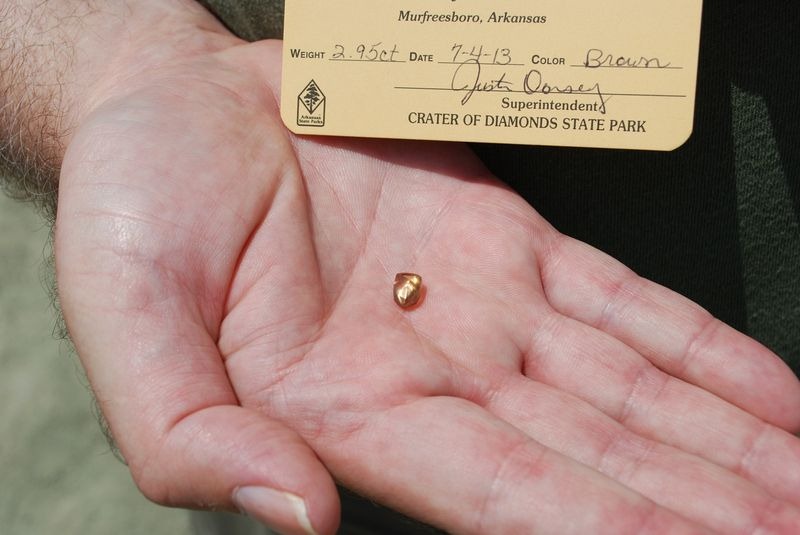
All diamonds found here are certified
That's why every diamond found at the park are certified by park personnel. Don't worry - there's no fee or tax. If you find a diamond in the rough here - you can keep it.
FEEDBACK MAP

If you got impressions for which this feedback is insufficient, more information,
pictures and videos can be found at the following web sites:
Crater of Diamonds official site (Advanced level feedback, too)
Smithsonian Magazine on line (history of the park)
Geology.com (The geology of Crater of Diamonds)
Geology.com (How diamonds form)
Amusing Planet website
Wikipedia
CNN.com (Visitor finds 8.53 carat diamond)
Main source: Amazing Planet